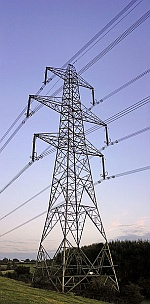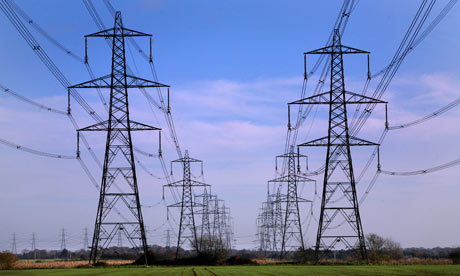National Grid have been under pressure in Somerset as well as Suffolk to consider seriously a wider range range of options for reinforcing the grid. They have just released the following news release that shows some movement. Keep your fingures crossed.
NATIONAL GRID TO PROVIDE MORE INFORMATION ON HINKLEY POINT CONNECTION PROJECT
National Grid has announced plans to hold a series of events to further explain the background to its proposals for a new overhead electricity line between Bridgwater and Avonmouth.
The first phase of consultation on two potential route corridors for a new overhead line to connect the proposed new Hinkley Point C nuclear power station ended on 22 January.
Since then the company has been analysing the extensive feedback received from local residents. The 14-week consultation period prompted more than 2000 feedback forms, 1100 emails and letters and 100 telephone calls to the project helpline. Around 4500 people attended the 17 public exhibitions held along the potential routes.
From the feedback received, it has become clear that many people would like more information on the background to the project and the other connection options which National Grid considered before publishing its proposals.
In particular it is apparent that people want more information about alternatives to overhead power lines, such as underground or subsea cables.
National Grid is now planning to publish more information to explain how it arrived at its proposals, and will also provide new opportunities for local people to discuss them with the project team.
We will send information to all 37,000 homes within the original consultation area, and hold further briefings to local councils and public information events. Full details of when these events will take place will be announced shortly.
National Grid’s major project manager David Mercer said: “We are grateful to everyone who responded to our consultation. The opinions of residents are very important to us and will play a vital role in any decisions we make.
“Since the initial consultation period ended we have been looking at all the feedback and reflecting on the issues it has raised, and it is very clear that people need more information about alternatives to overhead power lines and pylons.
“In response to these concerns, we have decided to provide both written information and further opportunities for local people to meet the project team, and would welcome further public comments.”
A new power line is needed to connect the proposed new nuclear power station at Hinkley Point C. Depending upon the final route, the new line would be approximately 37 miles long and is planned to be constructed in 2016.


